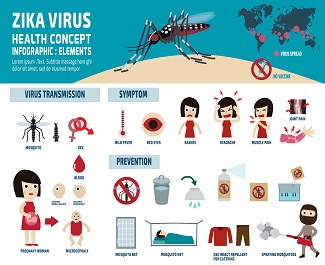Crying is your newborn’s way of communicating. It can mean hunger, discomfort, overstimulation, or just the need to be held. For new parents, figuring out how to soothe a crying baby can be both emotionally and physically draining. Fortunately, there are gentle and effective techniques that can help calm your baby—and your nerves too.
Why Do Newborns Cry?
Newborns cry for a variety of reasons, and sometimes, it may seem like there's no specific cause. Some common reasons include:
- Hunger: Most newborns need to feed every 2–3 hours.
- Dirty diaper: Wet or soiled diapers can cause discomfort and fussiness.
- Tiredness: Babies often cry when they are overtired but can't settle themselves to sleep.
- Need for comfort: Babies may simply want to be held or cuddled.
- Temperature discomfort: Feeling too hot or too cold can upset a baby.
- Colic or gas: Trapped gas or digestive discomfort can lead to inconsolable crying, especially in the evening.
Quick Checklist Before Soothing
Before trying soothing techniques, go through this checklist to address basic needs:
- Is the baby hungry?
- Does the diaper need changing?
- Is the baby too hot or too cold?
- Could the baby be overstimulated (e.g., loud environment)?
- Is the baby showing signs of tiredness?
Effective Soothing Techniques for Newborns
1. Swaddle Your Baby
Swaddling mimics the coziness of the womb and helps calm reflex movements that might startle your baby awake. Use a lightweight blanket and ensure the hips are loose and the baby isn’t too tightly wrapped.
2. Offer a Feeding
If it’s been a couple of hours since the last feed, your baby might be hungry. Sometimes, babies also want to nurse for comfort.
3. Use Gentle Motions
Rocking, walking, or bouncing gently can soothe a fussy baby. Try placing your baby in a carrier and walking around your home or neighborhood.
4. Use White Noise or Shushing Sounds
Soft, rhythmic sounds can mimic the womb and help babies relax. Try a white noise machine, a fan, or even shushing gently into your baby's ear.
5. Give a Warm Bath
A warm bath can relax your baby, especially if the crying is due to mild discomfort or overtiredness. Follow up with a gentle massage using baby lotion.
6. Try a Pacifier
Some babies have a strong sucking reflex and find pacifiers comforting. Ensure the pacifier is age-appropriate and clean.
7. Burp the Baby
If your baby cries after feeding, trapped gas might be the cause. Hold your baby upright and gently pat or rub the back to release the gas.
8. Skin-to-Skin Contact
Holding your baby close to your chest with skin contact can regulate their heartbeat, temperature, and breathing—creating a calming effect.
Understanding Colic
Some babies experience colic, defined as intense, unexplained crying that lasts for more than 3 hours a day, 3 days a week, for over 3 weeks. While the exact cause is unknown, colic usually starts around week 2 and improves by month 3 or 4. Managing colic involves patience, trying different soothing techniques, and occasionally medical evaluation to rule out other causes.
When to Call a Doctor
While crying is usually normal, contact your pediatrician if:
- The baby has a fever or signs of illness
- The crying is high-pitched or sounds unusual
- The baby is difficult to wake or unusually sleepy
- Feeding or urination patterns suddenly change
- You suspect something is wrong but can't identify what
Tips for Parents’ Well-being
A crying newborn can be stressful. Here are some self-care tips for parents:
- Take turns with your partner or caregiver for breaks
- Place the baby safely in the crib and take a 5–10 minute breather if needed
- Don’t hesitate to ask for help from family or friends
- Speak to your doctor if you feel overwhelmed or think you may have postpartum depression
Practical Advice for Singaporean Parents
If you're out with a fussy baby in Singapore, look for family rooms in malls, MRT stations, or public buildings—many are equipped with nursing areas and quiet spaces. Consider using a baby wrap or sling for close contact while on the move.
Conclusion
Newborn crying is a normal part of infancy, but that doesn’t make it easy. By understanding your baby's cues and using a combination of calming techniques, you’ll gradually learn what works best. Remember: it’s okay to feel uncertain—soothing your baby is a learning process, and support is always available if you need it.
Stay tuned for more parenting guides on baby care, development milestones, and everyday tips for the first year.



